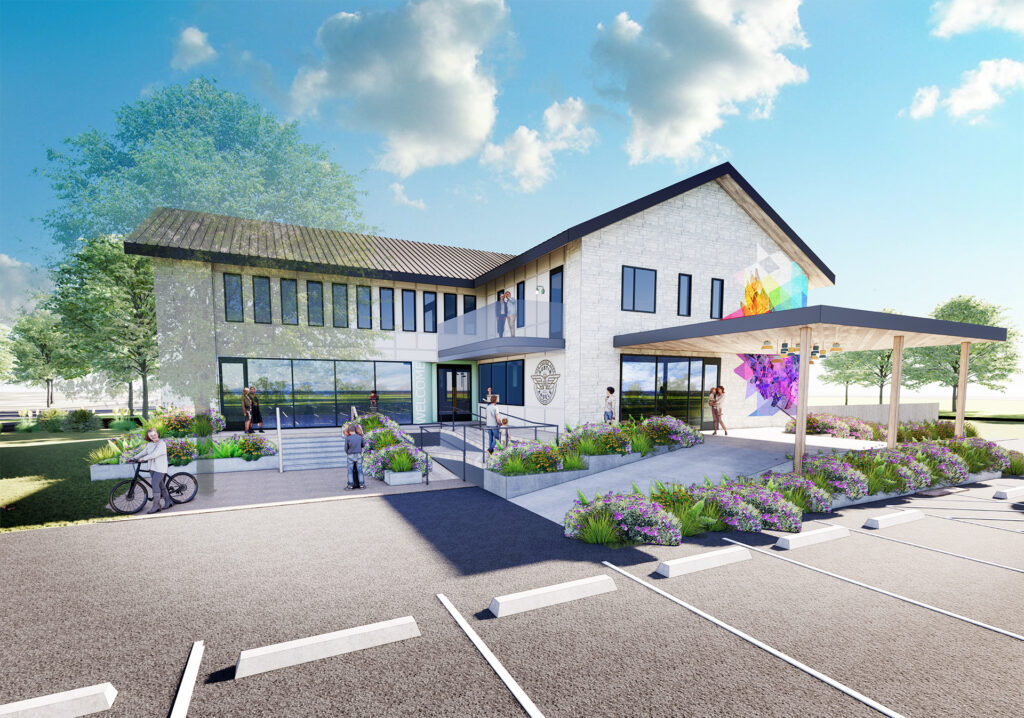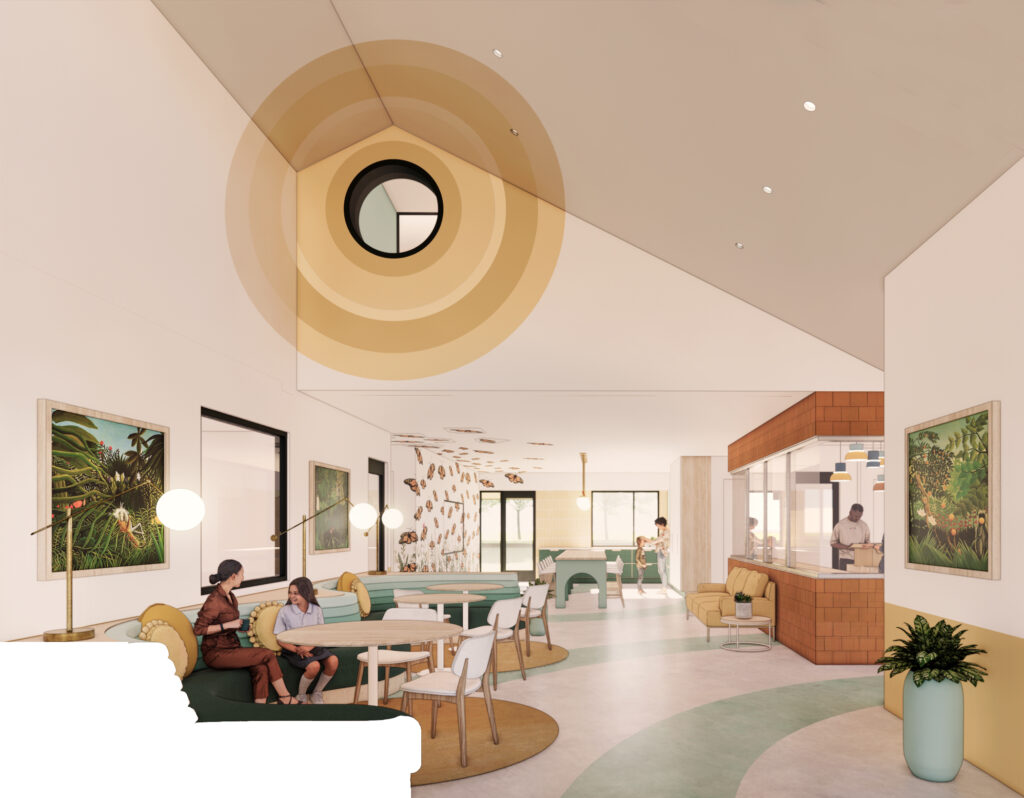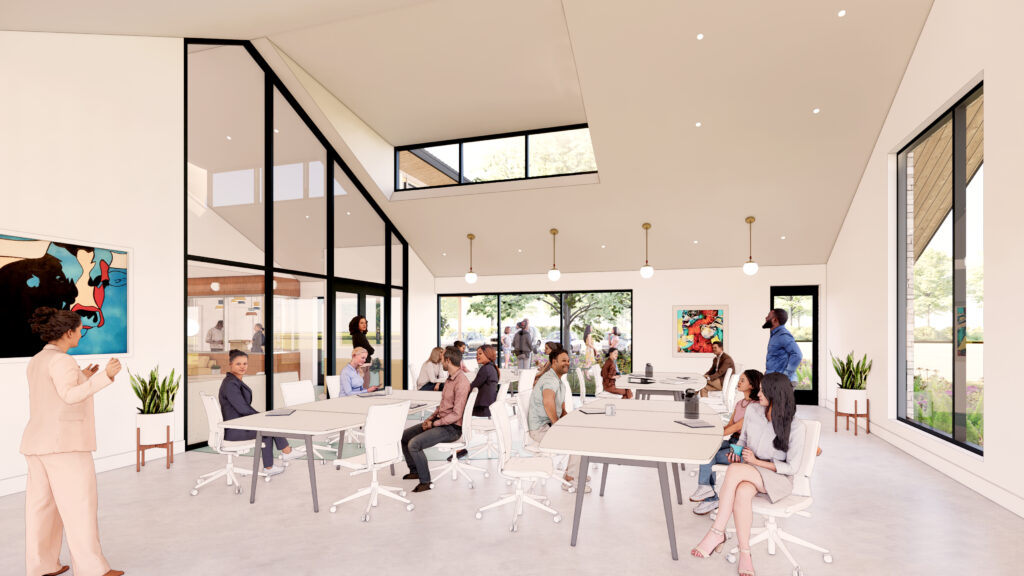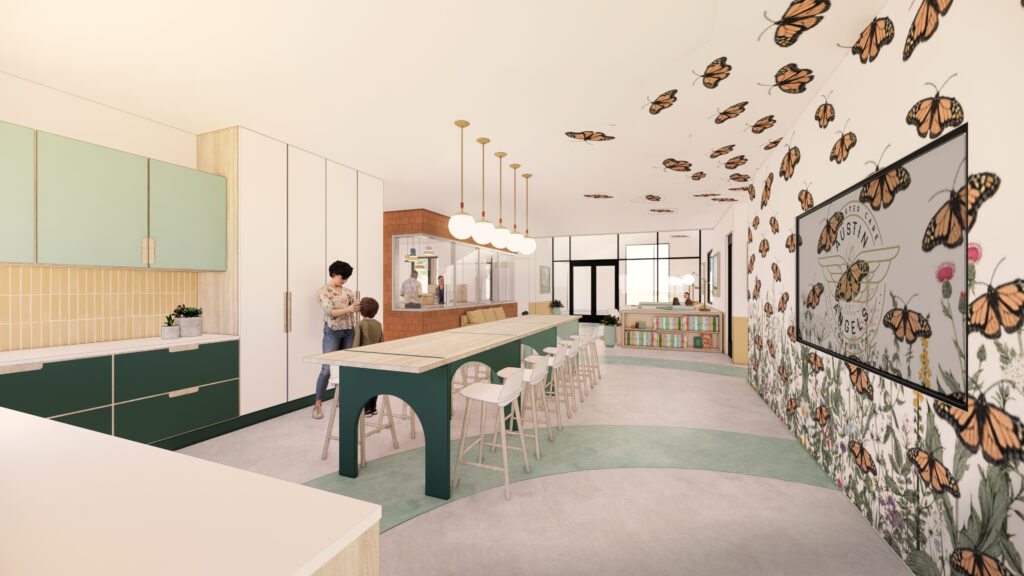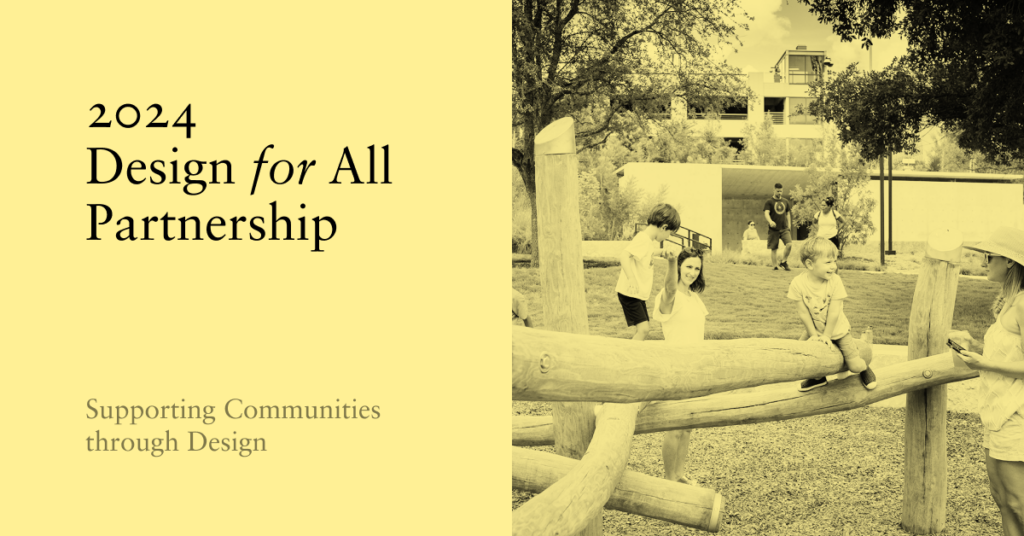Design for All Partnership: How Architecture Can Change the Game for Nonprofits
Michael Hsu Office of Architecture seeks a nonprofit partner to award $20,000 in pro-bono design grant
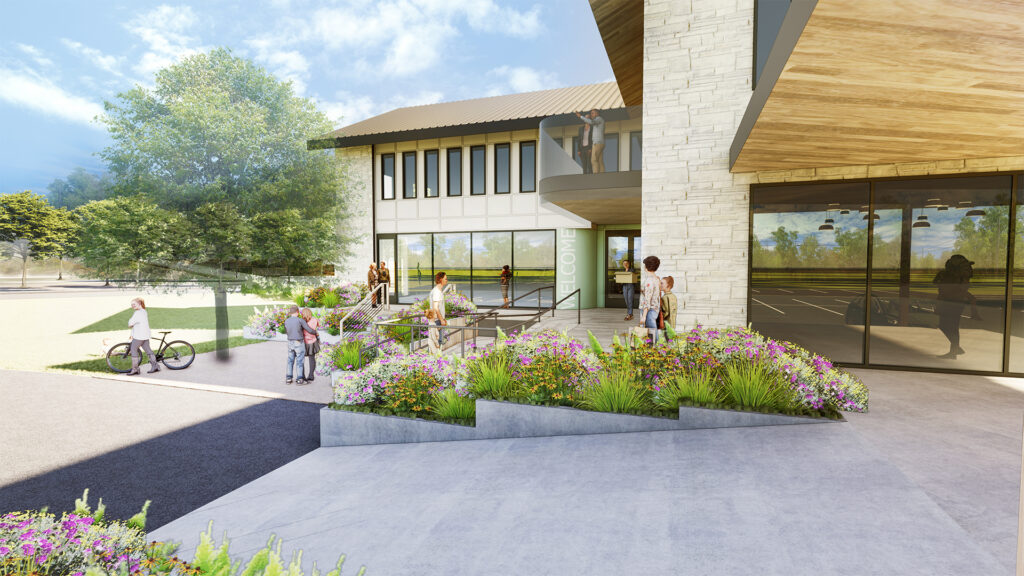
Not all architecture is created equally. The cost of consulting with designers, confirming plans with engineers, buying the materials, and construction costs can often be a barrier to entry for many nonprofit organizations. However, local firm Michael Hsu Office of Architecture is offering a unique opportunity. For 2024, they are welcoming applicants from the Austin – Houston area to apply for a chance to receive a $20,000 pro bono design and consultation, a seed program that could transform their organization.
“Actually, the idea for all came from one of our younger leaders.” Maija Kreishman, AIA, elaborates on how the seed program started, “Starting the program felt really intriguing for us to help our underserved community in a new way.” The firm had done work before with more established nonprofits, but they came in with a fundraising history for projects like these; they wondered if fresher and/or smaller groups knew how to get into the design world. “We want to seed and grow new projects within this underserved community.” Kreishman continues in regards to the foundation of the mission of Design for All Partnership.
That mission allowed them to choose finalists like The Children’s Assessment Center in Houston, the Women’s Home in Houston for the second year, and their inaugural winners, The Austin Angels, and maintaining a lasting relationship long after the competition ended with all of them. “With Austin Angels, we formed a permanent relationship.” Kreishman goes on to say, “So, our initial donation, hopefully, will lead to something that is real and tangible.” It’s led the firm to educate the organizations about the design process, but also fosters a relationship in which the design team continues to be a point of contact for the nonprofit.
Of course, the nature of the program means that a winner has to be selected, and while they always find the applicants are more than worthy, choosing who they’ll partner with often comes down to who has both the greatest need in terms of what they do, and also has the most significant potential for Michael Hsu to help the nonprofit.
“The first year, we quite candidly didn’t know what we would get,” Kreishman elaborates, “we were so very pleased that we had 20 or even 30 applicants and that we had such a hard choice to make”. That large pool of applicants continues to grow, and deciding who to select for the program is all the more challenging. But just because an organization is not chosen as the primary winner of the Design for All grant, it doesn’t mean there’s not a chance that a secret secondary applicant could hear from Michael Hsu, too. “We always try to figure out if we can help an applicant a little bit more in a minor way,.” Kreishman shares, “Even if that’s just helping them figure out what they need on paper,” they try to look into the pool and lift more than one nonprofit.
RELATED: Michael Hsu Office of Architecture Worked with Austin Angels
While Michael Hsu shoulders the pro bono cost up front, anyone whose interest is piqued and wants to elevate the offering Design for All eagerly welcomes any prospective partners to assist these communities further. “We would only love to serve a wider range of nonprofits”, Kreishman shares, “So to any organizations who are interested, we would love for them to get in touch with our office.”
This kind of project breaks down the barrier of entry for nonprofits and builds these relationships to see the plans go from rendering to reality.
To learn more, visit the Design for All section of the Michael Hsu Office of Architecture website.

